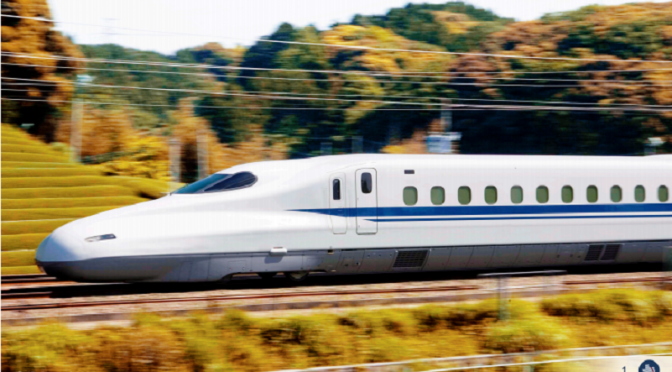The mayors of Houston, Dallas and Fort Worth announced Thursday their unified support for the construction of a privately funded bullet train between the two metropolitan … Continue Reading ››
Texas On “Fast Track” To High-Speed Rail
There may be some exciting times ahead for the Lone Star State, especially for those living in Houston or D/FW. From the Texas Tribune...
